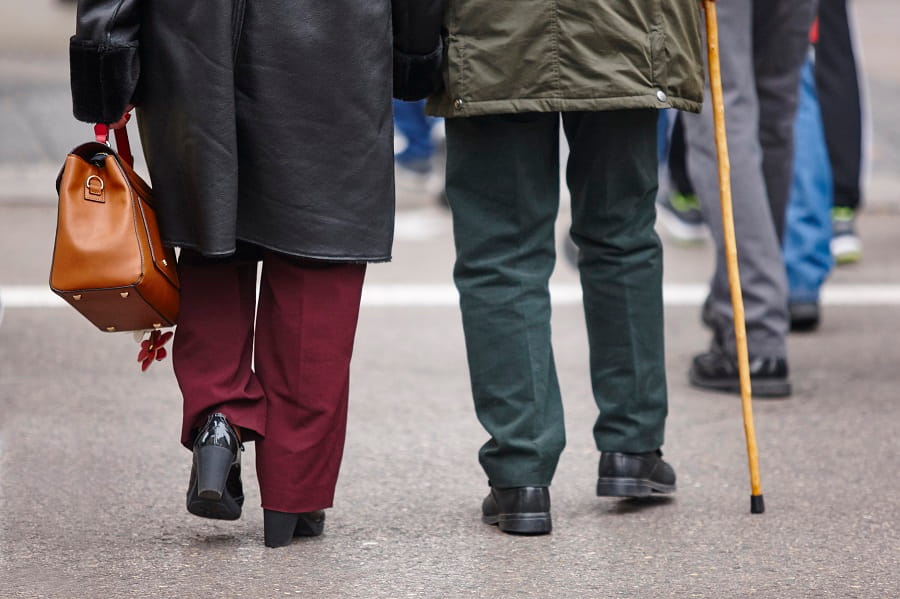Pensioners must now spend more to cover basic living costs as funding a comfortable retirement has jumped by more than £2000 per year for couples. An industry report predicts that an extra £40,000 will be needed to fund a comfortable 20 year retirement.
This year’s updated Retirement Living Standards (RLS) from the Pensions and Lifetime Savings Association (PLSA) has been amended to now take into account changing attitudes and lifestyles, as well as the increased cost of living following the Covid-19 pandemic.
The PLSA currently works out minimum retirement budgets across three tiers: minimum, moderate and comfortable, to help people understand what they want in retirement and what the costs could be.
At the top end, for a comfortable retirement, single people’s annual budget has increased by £600 to £33,600, while a couple’s budget rose by £2,000 to £49,700, roughly 4.9% more expensive than in 2019. This would include luxuries such as regular beauty treatments, theatre trips and three weeks of holidays in Europe.
The moderate level of RLS has also increased by £600 for a single person to £20,800 and by £1,500 for a couple to £30,600. This would give a couple a two-week holiday in Europe and enable them to eat out a few times a month.
Much of the increase in the annual budget for minimum RLS was due to rising transport costs, which has increased by 10% since 2019, and now includes a budget for hairdressing and a Netflix subscription. Couples in this tier can expect to pay £16,700, an increase of £1000 since 2019. Whereas singles are looking at a minimum of £10,900 per year, which is an increase of £700.
PLSA director of policy and advocacy, Nigel Peaple, said:
“It is important that the retirement living standards remain relevant by reflecting real world price changes and real world expectations about lifestyles in retirement. We hope the updated standards will encourage people to think about whether they are saving enough for the retirement lifestyle they want and, in particular, whether they are making the most of the employer contributions on offer in their workplace pension.”
“The lockdowns caused by the pandemic have given many workers a foretaste of being retired and made people think about the activities and experiences they truly value. The pandemic has emphasised the importance of economic security as well as social and cultural participation in retirement.”
“With barbers and hairdressers closed during lockdowns and many of us taking scissors to our own hair for the first time, it is little surprise that the research groups agreed the budget for personal grooming should be increased across the three standards. The addition of Netflix also gives an insight into what many of us expect to be doing when we finish work.”
Tom Selby, from wealth manager AJ Bell, also commented:
“Around half of single employees are estimated to be on track for a minimum to moderate retirement, with couples expected to be closer to the top of this range … for those aspiring to more, higher [pension contributions] will almost certainly be necessary.”
“The pandemic has exposed gaping holes in the finances of millions of people, with many having little or nothing saved for an emergency. What’s more, contribution levels into pension schemes remain low, particularly among self-employed workers who don’t benefit from automatic enrolment.”
“As the UK economy slowly recovers from lockdown, it is vital financial resilience becomes a key focus for policymakers, both in the short and long term.”
“This must include encouraging more people to think about how they will fund their lifestyle in retirement, with pensions likely to be central for most savers.”



















